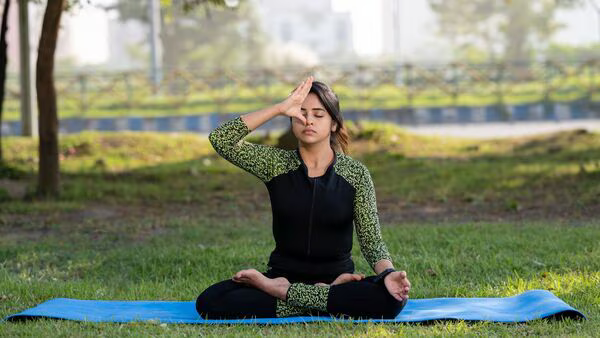Mastering the correct breathing technique is crucial for a successful fitness routine. Typically, you should exhale while exerting effort, such as when lifting weights, and inhale when returning to the starting position or resting between repetitions. This breathing pattern may not come naturally and can be overlooked even by seasoned weightlifters. For instance, in abdominal exercises, exhaling during the crunch or lifting phase helps prevent puffiness in the abs, which is different from bloating.
Healthline states that incorrect lifting techniques and poor breathing can lead to bulging abs, not only during core exercises but in all types of lifts. To stabilize the pelvis and avoid abdominal expansion, it’s essential to maintain a wide stance and a neutral spine. Proper breath control is crucial in fitness, a practice commonly observed in elite athletes’ training routines. For regular exercisers, mastering breathing techniques can be highly beneficial, providing more oxygen during workouts. Studies show that breathing rates can rise from 15 breaths per minute at rest to 40-60 during exercise, which improves oxygen delivery to muscles.
In fitness, understanding the proper execution of exercises, such as maintaining correct knee alignment in squats and proper breathing techniques, is vital. Although breathing is an automatic function, it is frequently neglected. Static techniques like pranayama and Wim Hof are crucial for improving exercise efficiency. Mastering these techniques requires the same concentration and focus as physical exercises. Many athletes practice meditation for its advantages in reducing stress, enhancing stamina, and balancing hormones, including growth hormone, which aids in muscle building. There is no fixed duration for meditation; it’s about finding what works best for your schedule.
Yoga and pranayama breathing techniques, as reviewed in the International Journal Of Preventive Medicine, involve both inspiratory and expiratory muscles, impacting physical activity. These techniques offer a sense of control over bodily functions. The study also defines physical fitness as an integrated measure of cardiorespiratory fitness, muscular strength, coordination, and flexibility.
